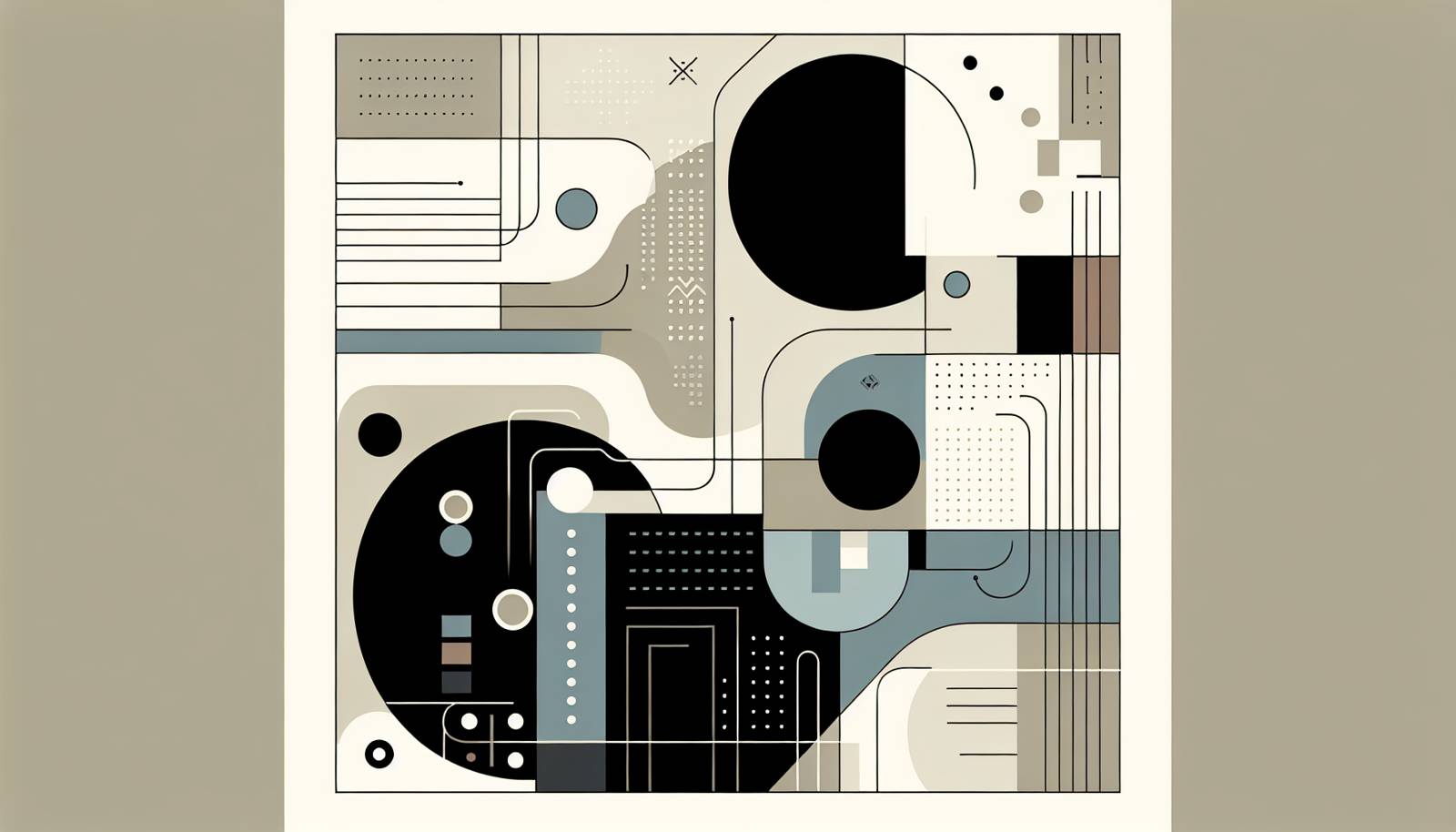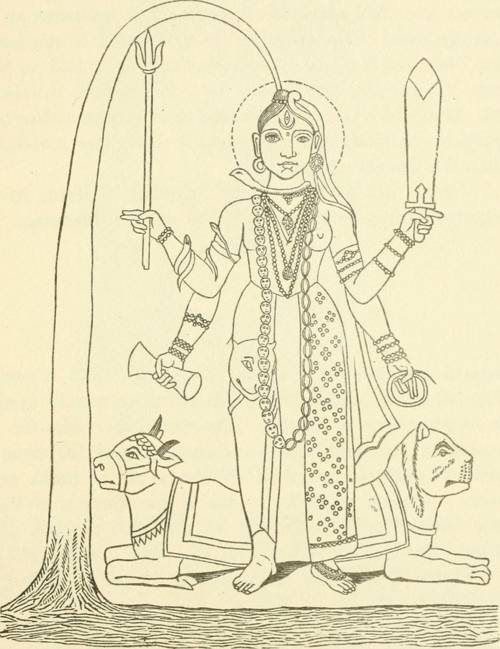
FAQ About The Influence of Symbolism in Modern Art and Literature

What is symbolism in modern art and literature?
Symbolism in modern art and literature refers to the use of symbols to signify ideas and qualities by giving them symbolic meanings that are different from their literal sense. It allows artists and writers to imbue their works with deeper meaning, often exploring complex themes such as spirituality, dreams, and mythology.

How has symbolism influenced modern art?
Symbolism has greatly influenced modern art by encouraging artists to look beyond realistic representation. This movement allowed artists to express more abstract ideas and emotional experiences. Artists like Paul Gauguin and Gustav Klimt incorporated symbolic elements to convey themes involving nature, emotions, and universal human experiences.

Can you give examples of symbolic elements in literature?
In literature, symbolic elements can range from objects, characters, to entire settings that convey deeper meanings. For instance, the green light in F. Scott Fitzgerald's 'The Great Gatsby' symbolizes Gatsby's unreachable dreams. Similarly, in Nathaniel Hawthorne's 'The Scarlet Letter', the letter 'A' signifies sin and guilt.

Why do artists and writers use symbolism?
Artists and writers use symbolism to add depth and meaning to their work. Symbolism allows them to convey complex ideas and emotions subtly and enrich the viewer's or reader's experience. It engages audiences in interpreting the hidden meanings, making the art or literature more intriguing and thought-provoking.

What are common themes explored through symbolism in modern literature?
Common themes in modern literature that are often explored through symbolism include existentialism, the duality of human nature, spirituality, alienation, and the subconscious mind. Writers use symbolic elements to delve into these themes, offering readers a deeper understanding of the human condition and societal issues.

How did the Symbolist Movement start?
The Symbolist Movement began in France in the late 19th century as a reaction against naturalism and realism. The movement sought to emphasize emotions, dreams, and the imagination. It reflected the desire to express the metaphysical through symbolic language, influencing both visual arts and literature.

Who are some key figures in the Symbolist Movement?
Key figures in the Symbolist Movement include poets like Charles Baudelaire and Stéphane Mallarmé, and visual artists such as Gustave Moreau and Odilon Redon. These artists and writers sought to evoke emotions and ideas through symbolic and often esoteric imagery.

What is the difference between symbolism and allegory?
Symbolism involves using a symbol to represent an idea or concept, often with layers of meaning that can change and evolve. Allegory, on the other hand, is a narrative with a one-to-one counterpart to the literal meaning, where the characters or events symbolically represent broader concepts directly.

How are dreams represented through symbolism in modern art and literature?
Dreams are often depicted through vivid and abstract symbols in modern art and literature to illustrate the subconscious mind. Surrealism, an artistic movement closely related to symbolism, frequently uses dream-like imagery to depict unreal or fantastical scenarios that reveal deeper truths and inner workings of the mind.

What role does color symbolism play in art?
Color symbolism is crucial in art as different colors are associated with varying emotions and ideas. For example, blue might symbolize calmness, serenity, or sadness, whereas red can represent passion, danger, or anger. Artists use colors deliberately to evoke specific feelings and reinforce thematic elements in their work.

How do cultural contexts affect the interpretation of symbols in art and literature?
Cultural contexts greatly affect the interpretation of symbols, as different cultures may ascribe different meanings to the same symbol. For instance, the color white signifies purity in Western cultures, but it can symbolize mourning in some Eastern cultures. Understanding the cultural background of a work is essential for accurate interpretation.

Are there specific symbols that are universally understood?
While many symbols are culturally specific, some symbols have universal or near-universal recognition, such as the heart symbolizing love or the skull representing mortality. However, the interpretation of these symbols can still vary slightly based on personal and cultural experiences.

How has symbolism evolved in contemporary art?
In contemporary art, symbolism continues to evolve with artists experimenting with new forms and materials to convey meaning. There is a stronger emphasis on personal and cultural narratives, global issues, and technological themes, reflecting modern society's complexities and diversities through symbolic representation.

What is the impact of symbolism on the reader or viewer's experience?
Symbolism can significantly enhance the reader or viewer's experience by adding layers of meaning that invite deeper contemplation. It engages audiences actively in uncovering and interpreting the embedded messages, enriching their understanding and connection to the work.

Can you name a symbolic work of art and its significance?
Pablo Picasso's 'Guernica' is a symbolic work of art known for its depiction of the horrors of war. The symbolic imagery, such as the bull and the weeping woman, captures the chaos and suffering caused by the bombing of the town of Guernica during the Spanish Civil War, making it a powerful anti-war statement.

How is mythology used symbolically in modern literature?
Mythology is often used symbolically in modern literature to explore timeless themes such as heroism, fate, and the human condition. Writers reinterpret mythological figures and narratives to reflect contemporary issues, providing familiar frameworks that resonate with readers. For example, modern retellings of the myth of Orpheus can explore themes of loss and redemption.

What symbolism is commonly found in surrealist art?
Surrealist art often includes symbols that challenge reality and logic, such as distorted figures, dream-like landscapes, and unexpected combinations of objects. These symbols aim to unlock the unconscious mind and explore themes like identity, desire, and existential anxiety.

How does symbolism differ between visual art and literature?
In visual art, symbolism is often conveyed through color, composition, and imagery, allowing for immediate visual impact. In literature, symbolism tends to unfold more gradually through language, narrative, and character development. Both forms, however, leverage symbolism to add depth and invite interpretation.

What role does symbolism play in expressing abstract concepts?
Symbolism plays a crucial role in expressing abstract concepts by providing tangible forms to intangible ideas, such as love, freedom, or fear. This abstraction allows artists and writers to communicate complex emotions and philosophical ideas in a way that words alone might not fully capture.

Has the digital age affected the use of symbolism in art?
The digital age has broadened the use of symbolism in art by allowing for new mediums and platforms, such as digital painting, multimedia installations, and virtual reality. Artists can now combine traditional symbols with digital elements, creating innovative works that explore modern themes like technology and virtual identity.
